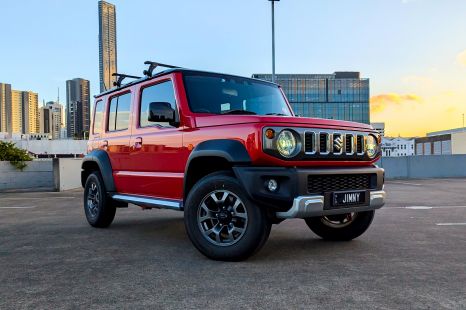

William Stopford
2026 Suzuki Jimny XL review
1 Hour Ago
Increasingly high-tech interiors with ever larger screens can make it more difficult to convert vehicles to right-hand drive, says GM.

News Editor
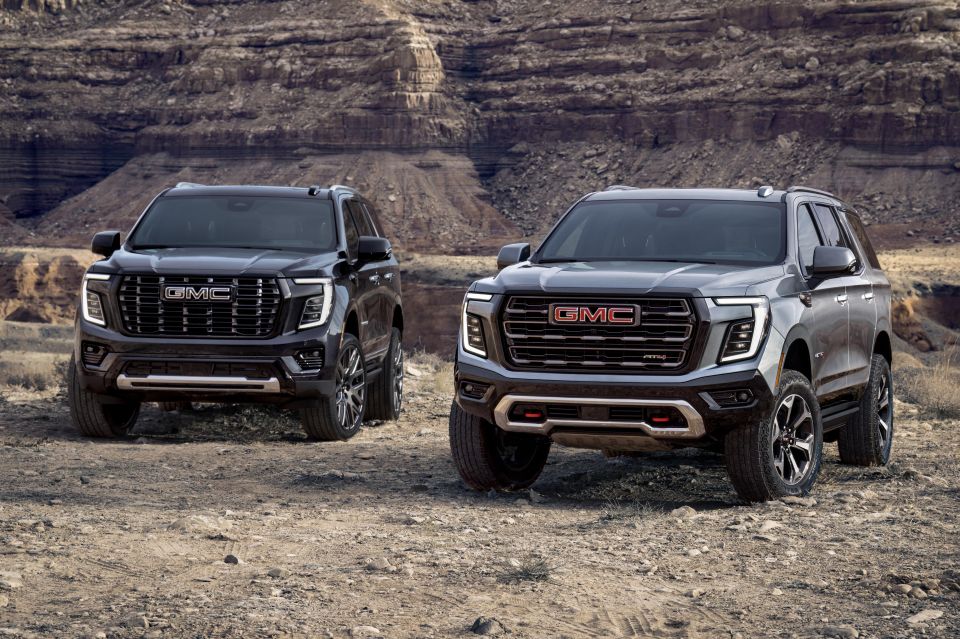

News Editor
It used to be that the main handicap in converting cars from left- to right-hand drive was managing mechanicals like the steering box. Now, it’s a tech feature inside the car that has become an obstacle.
“The screen is the biggest thing when it comes to left- and right-hand drive with the EVs [electric vehicles], it’s the screen and where that screen goes,” said Lauren Indiveri-Clarke, communications director for GM International, to CarExpert.
But it’s not just EVs where the screen proves an impediment in converting to right-hand drive.
“It’s why we’re not getting [GMC] Tahoe, we’re getting Yukon instead, because the screen is designed sort of in a way that can’t be shifted whereas [the] Yukon screen can be remanufactured,” she said.
100s of new car deals are available through CarExpert right now. Get the experts on your side and score a great deal. Browse now.

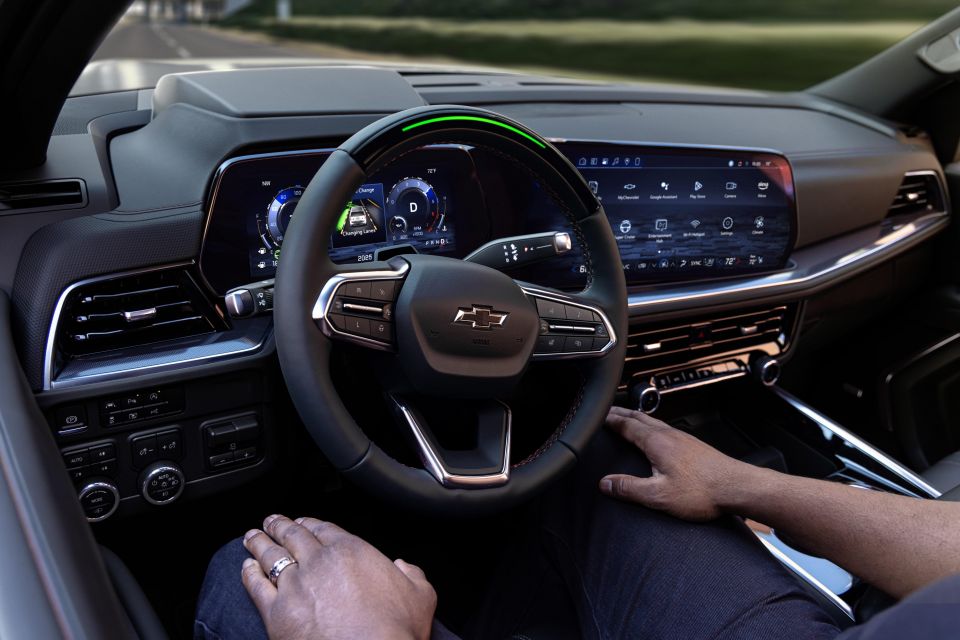
“There are obviously other things, but the screen… for us is the biggest thing in terms of whether we can remanufacture it in right-hand drive.”
The petrol-powered GMC Yukon is due during 2025, and features a 16.8-inch portrait-oriented infotainment touchscreen. It’s being remanufactured for right-hand drive in Australia alongside the Chevrolet Silverado pickup.
The Yukon’s Chevrolet sibling, the Tahoe, has a 17.7-inch landscape-oriented screen. But unlike the screen in the related Silverado, this is notably angled towards the driver.
The Tahoe clearly wasn’t engineered for the outset as a right-hand drive vehicle, unlike the Cadillac Lyriq EV.
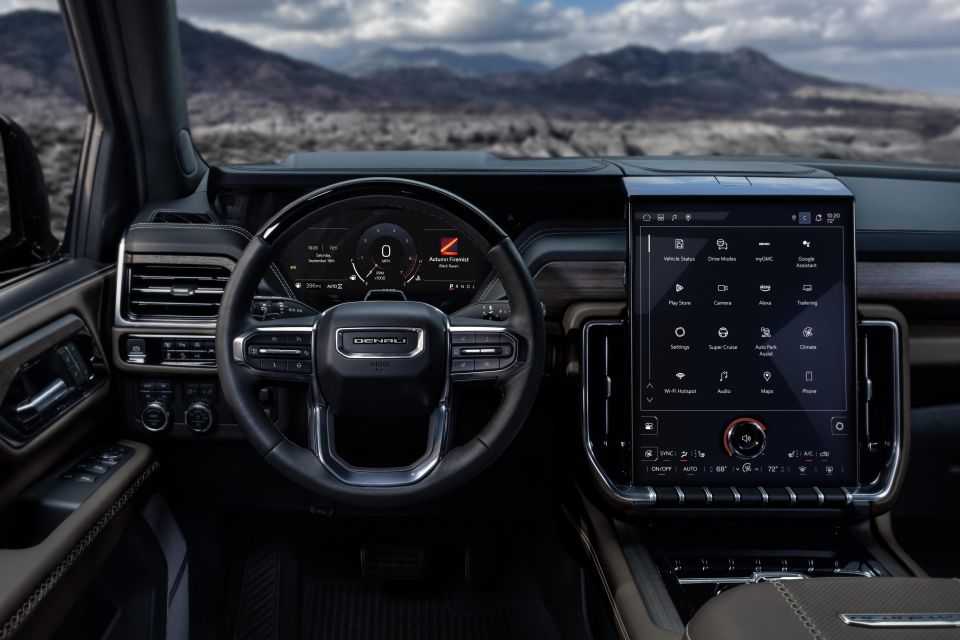
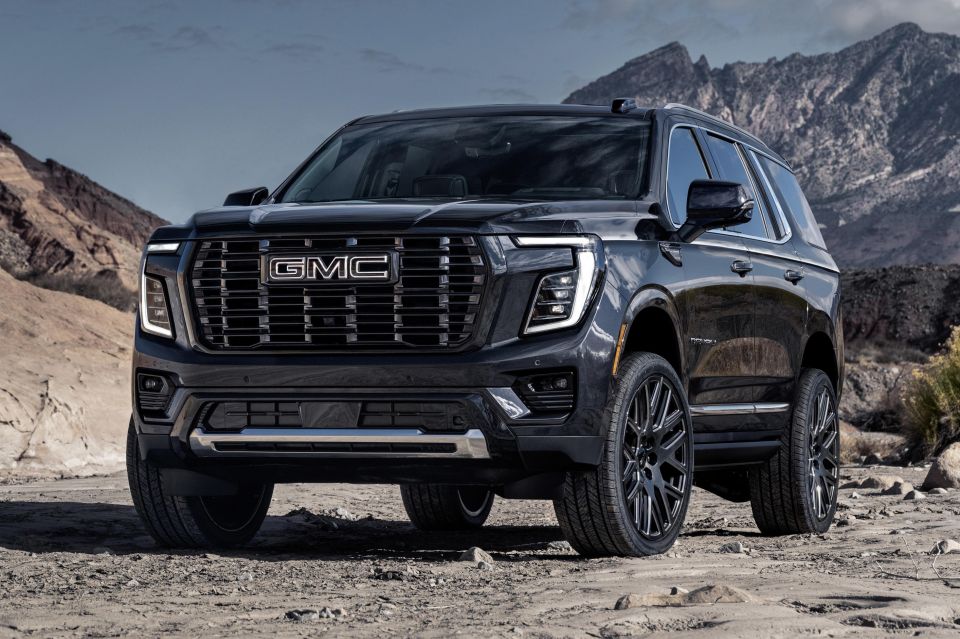
Both left- and right-hand drive Lyriqs feature a 33-inch curved display housing the digital instrument cluster and infotainment touchscreen.
The Lyriq is due in Australia later this year.
The additional complexity of screens doesn’t necessarily mean General Motors vehicles with large screens are automatically getting ruled out for our market.
“At the outset of every program now, there is [often] a discussion about the opportunity for… Japan, Australia, UK and New Zealand and then there is a decision,” Ms Indiveri-Clarke told CarExpert.
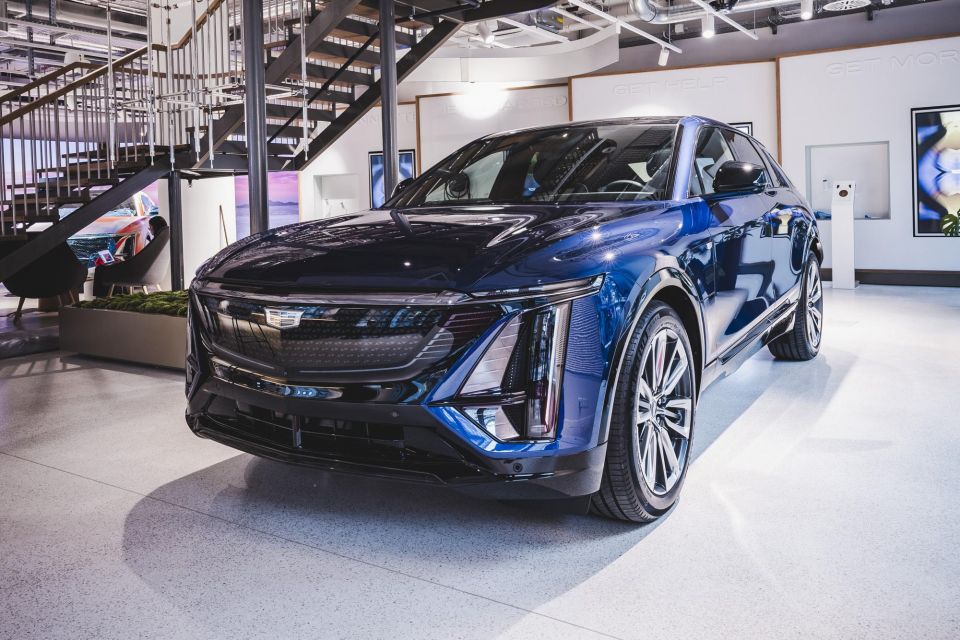
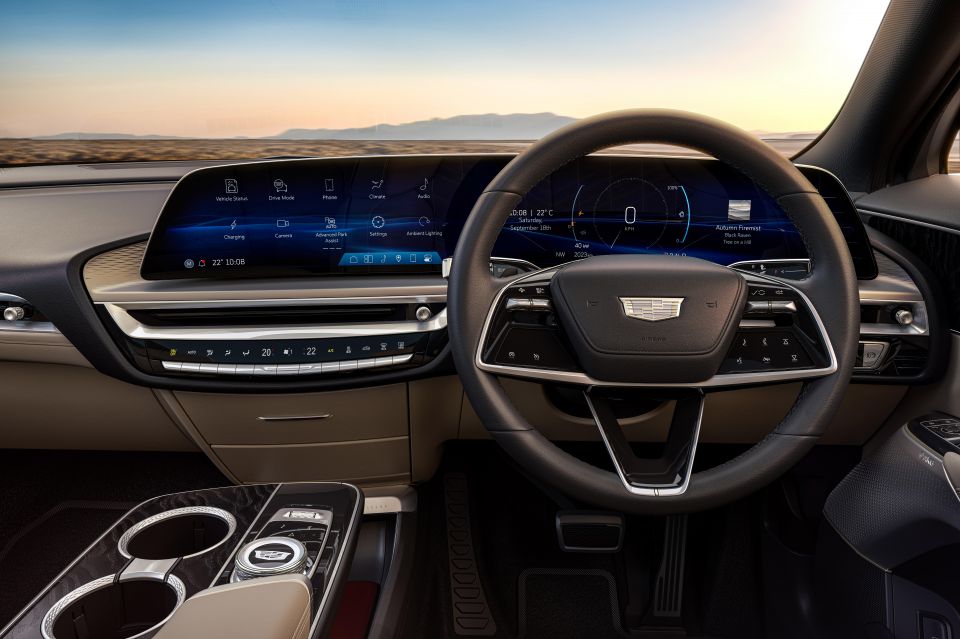
“EVs are a little bit easier [than combustion-powered vehicles] to switch the steering wheel side on,” said Kevin Cansiani, the lead development engineer for the Cadillac Lyriq.
While it’s unclear just how many of GM’s EVs will be engineered for right-hand drive, Mr Cansiani said vehicles related to the Lyriq support left- and right-hand drive “just by virtue of the fact that they’re essentially of a similar nature from a platform standpoint”.
That includes vehicles like the Cadillac Optiq and Vistiq.
Mr Cansiani said there are no significant mechanical blockers in producing Cadillac’s new ‘Ultium’-based electric SUVs in right-hand drive, and detailed what needs to be done inside the cabin to engineer them for the right-hook configuration.
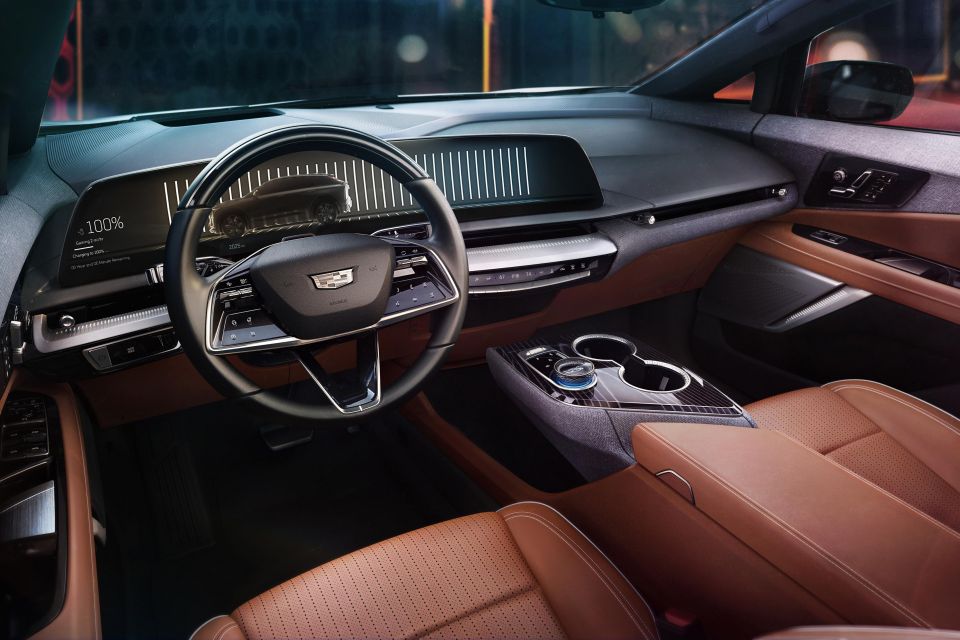
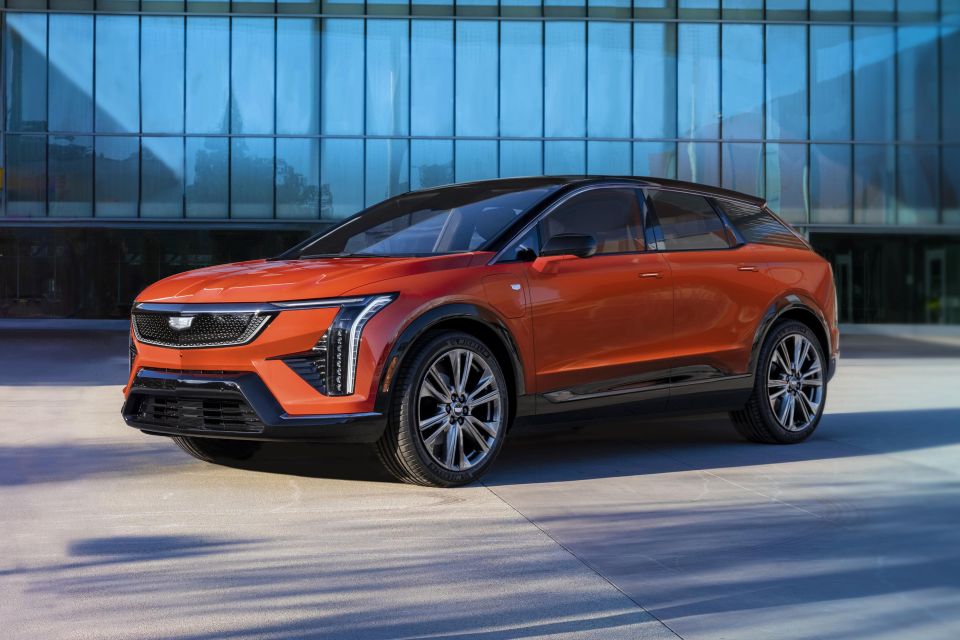
“We essentially have to redo the interior,” he said.
“The dash we have to do some changes to the controls to properly tell the body controller where the inputs are coming from, what’s really the driver versus the passenger.
“Then there’s some orientation of what’s behind the [instrument panel].
“We do use the firewall to mount various things, whether it’s a ground cable, or a certain computer module etc.
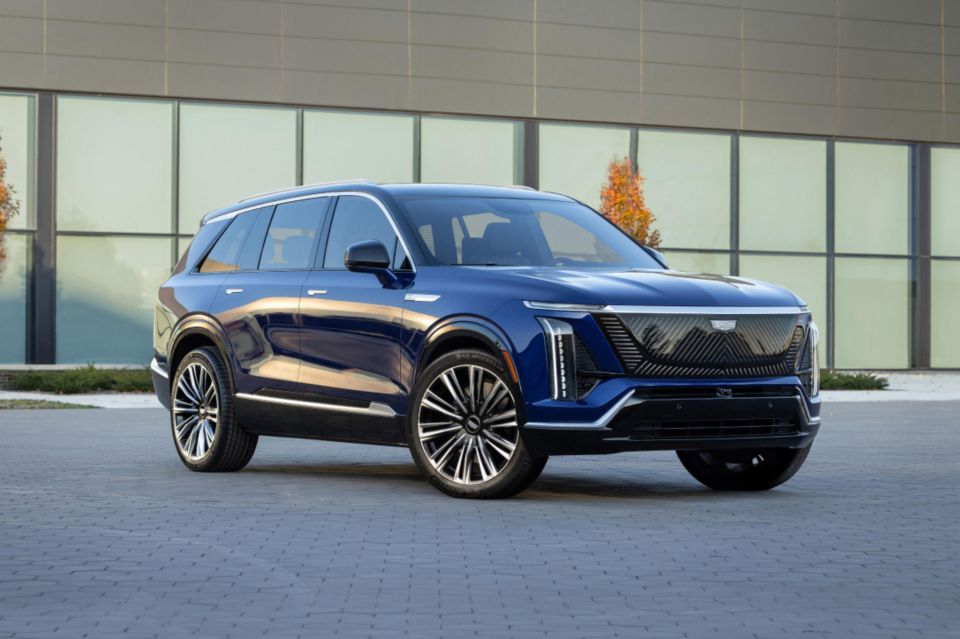
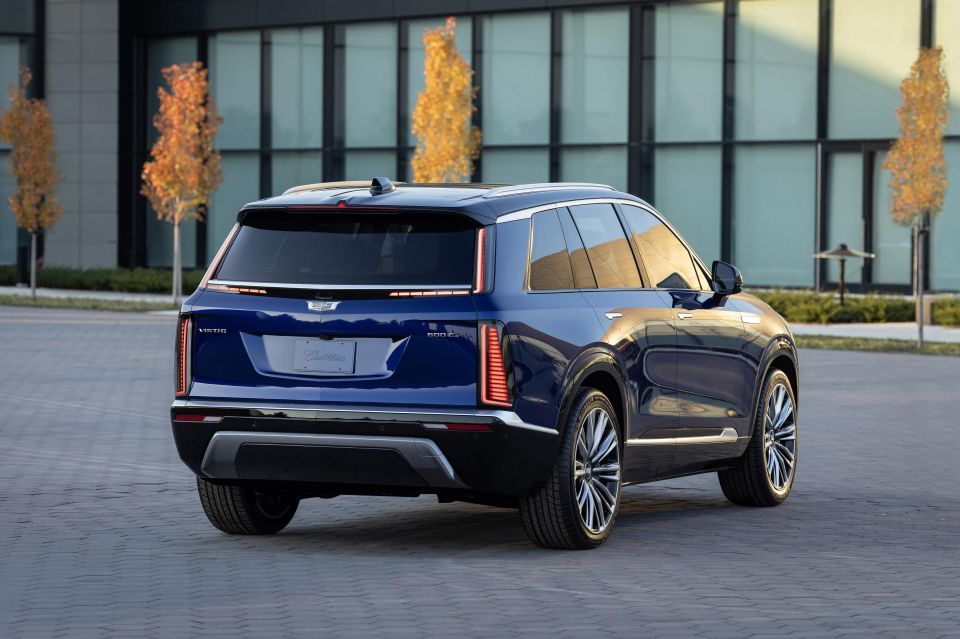
“We just have to move them around, reorient them, and then the acoustics we have to go in and redesign to accommodate all the movement.
“Then there are some other aspects. If you pop the [bonnet] on a left-hand drive versus a right-hand drive, you notice things like the brake fluid reservoir has been moved because of the way that it’s oriented to the brake pedal.”
As the Lyriq was planned from the outset to be offered in left- and right-hand drive, that’s evident in its screen.
“That beveled design is symmetric. It’s not more facing the drive or more facing the passenger. It’s a simple curve,” said Mr Cansiani, adding the content essentially has to be flipped.
William Stopford is an automotive journalist with a passion for mainstream cars, automotive history and overseas auto markets.


William Stopford
1 Hour Ago
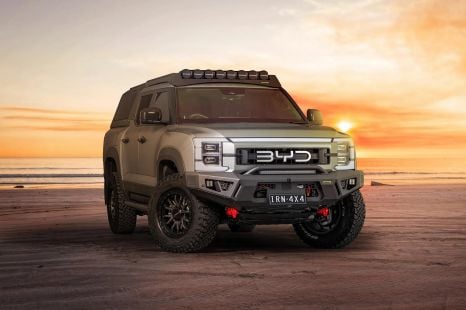

William Stopford
10 Hours Ago


Ben Zachariah
12 Hours Ago
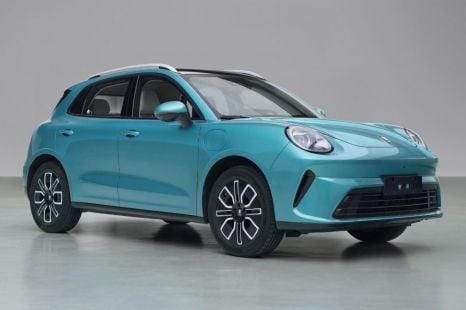

William Stopford
12 Hours Ago
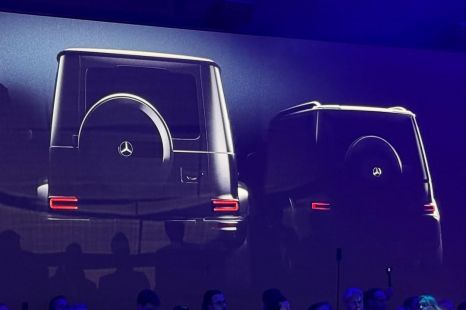

Ben Zachariah
15 Hours Ago
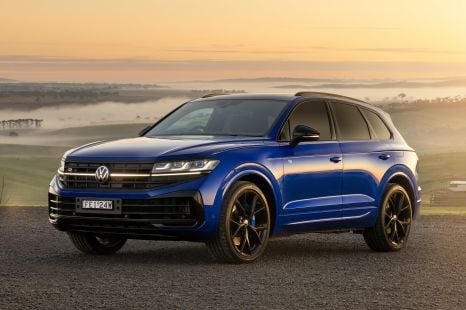

Damion Smy
15 Hours Ago